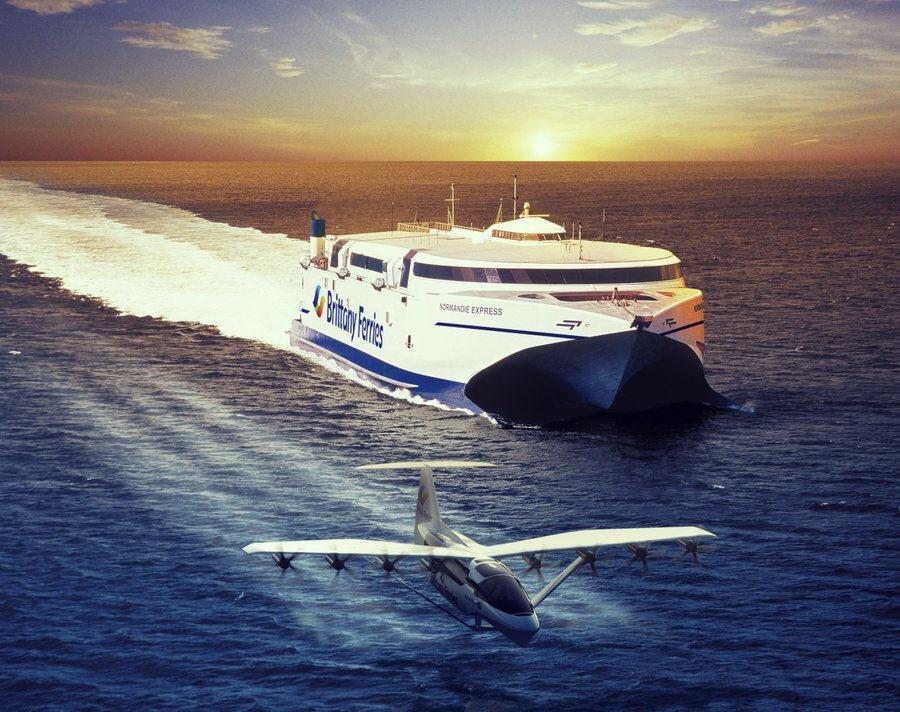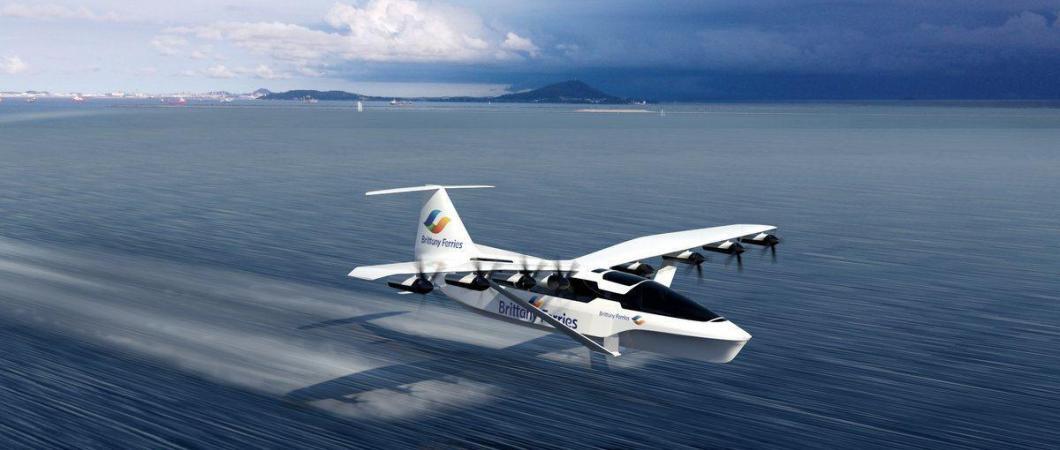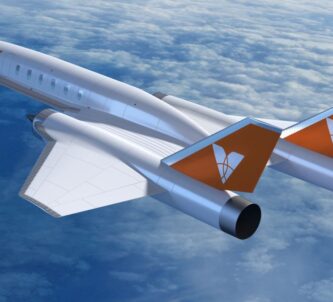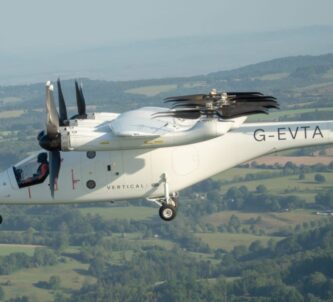Brittany Ferries intend to use a Ground Effect Vehicle (GEV) – what the Russians called an “ekranoplan” when they developed the concept in the 1960s – on some cross channel routes.
The ferry operator has announced that it is exploring the potential for a new sustainable version of the GEV, which they are calling a seaglider, in partnership with REGENT (Regional Electric Ground Effect Nautical Transport) in Boston, USA. The all-electric seaglider will offer a high speed passenger service on medium-to-short sea crossings.

Brittany Ferries has signed a letter of intent which could see seagliders with a 50-150 passenger capacity sailing between the UK and France by 2028.
GEVs* work by harnessing a concept well-known to pilots since the earliest days of aviation – ground effect. This is the cushion created by high-pressure air trapped between wings and the ground or water while flying at low altitude, typically one to ten metres above the surface.

The world first realised the practical capabilities of GEVs when U.S. intelligence satellites caught sight of the Soviet Union’s enormous (92m) top secret research ekranoplan shooting across the surface of the Caspian Sea at speeds over 300 knots (555 kph/345 mph) in the early 60s! They dubbed it the ‘Caspian Sea monster’. Quite right! Two decades later it had been developed into the nuclear missile carrying Lun-class ship killer.
The only Lun-class ekranoplan broke free while being towed to a new museum in Derbent, Daghestan in August 2020. While beached, a resourceful photographer managed to slip on board.
Brittany Ferries’ seaglider is rather more benign. It is expected to fly passengers gently at speeds of up to 180 mph – six times faster than conventional ferries – with a battery-powered range of 180 miles.
The voyage (it is a “voyage”. The International Maritime Organization classified GEVs as ships in 2005) from Portsmouth to Cherbourg, for example, could be covered in as little as 40 minutes.
The seaglider design uses hydrofoils to cushion the jarring impact of waves as it gathers speed before taking off, and on landing.
Once airborne it is a highly efficient form of transport, capable of moving significant loads over long distances at high speed.
One of the issues that has effected GEVs in the past has been safety at speed. At such high speeds it is really important to detect ships and other obstacles early. The seaglider comes with next-generation sensor suites detecting and automatically avoiding traffic at sea.
Both Brittany Ferries and REGENT understand that many technological, practical and regulatory milestones lie ahead. However, both companies say that caution should not stand as an impediment to the development of a promising concept that already has a history in military applications and smaller leisure craft operating around the world.
“This could be the birth of ferries that fly across the Channel,” notes Frédéric Pouget, ports and operations director for Brittany Ferries. “We are particularly pleased to contribute now because it means we can bring real-world challenges and potential applications into the company’s thinking at an early stage. We hope this may help bring commercial success in the years that follow.”
UPDATE (20/10/2022): Another ferry company has ordered seagliders from REGENT. FRS (Förde Reederei Seetouristik), a German ferry operator that has a large fleet of ships from small passenger ferries in Berlin to large Ro-Ro ferries carrying passengers & freight across the Straits of Gibraltar, in the Pacific Northwest and in Oman, has signed an agreement for two seaglider models – the Viceroy seaglider, carrying up to 12 passengers and the Monarch seaglider, which will hold up to 100 passengers.
* Sometimes also referred to as WIGs (Wing In Ground effect)







